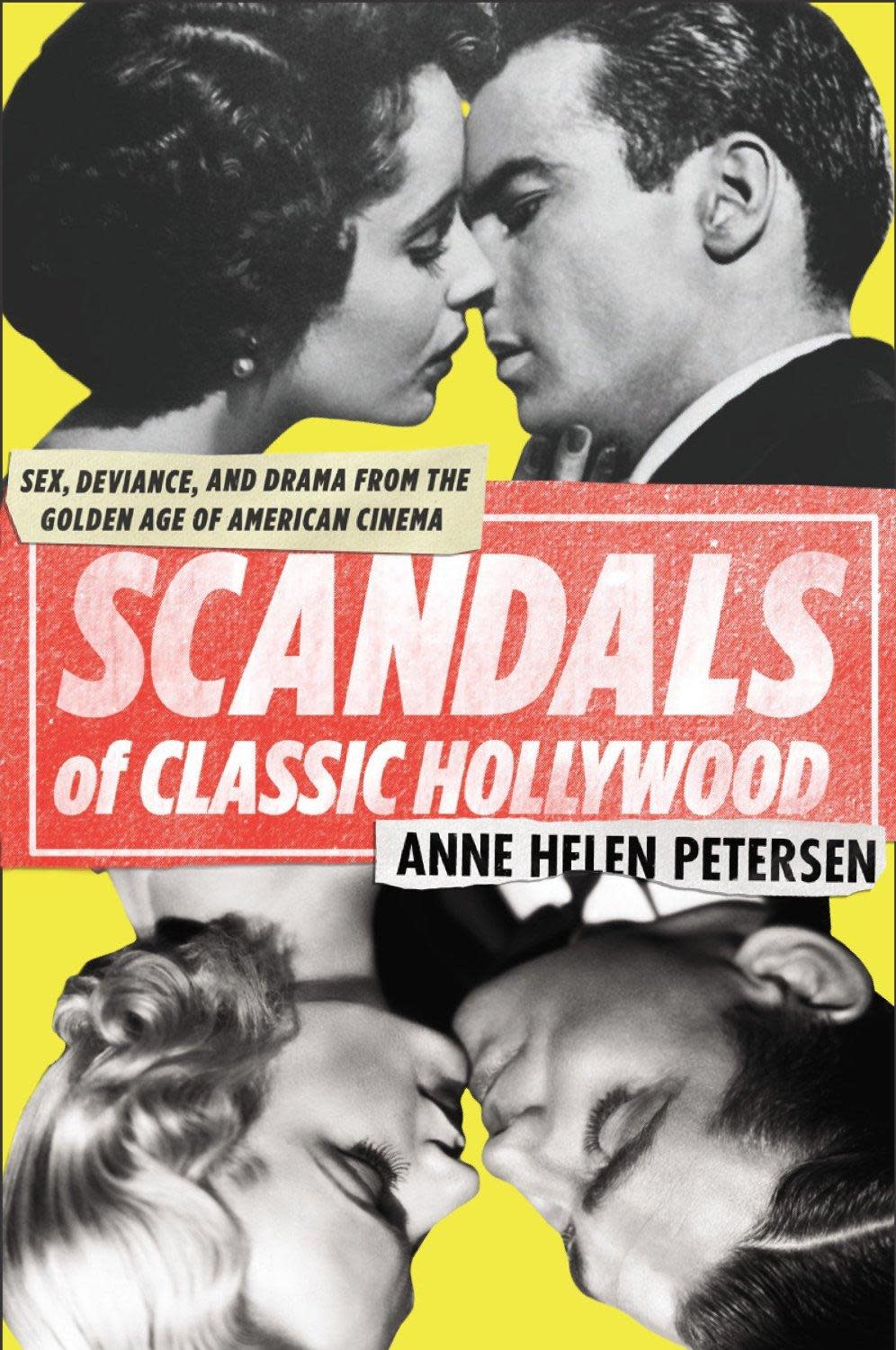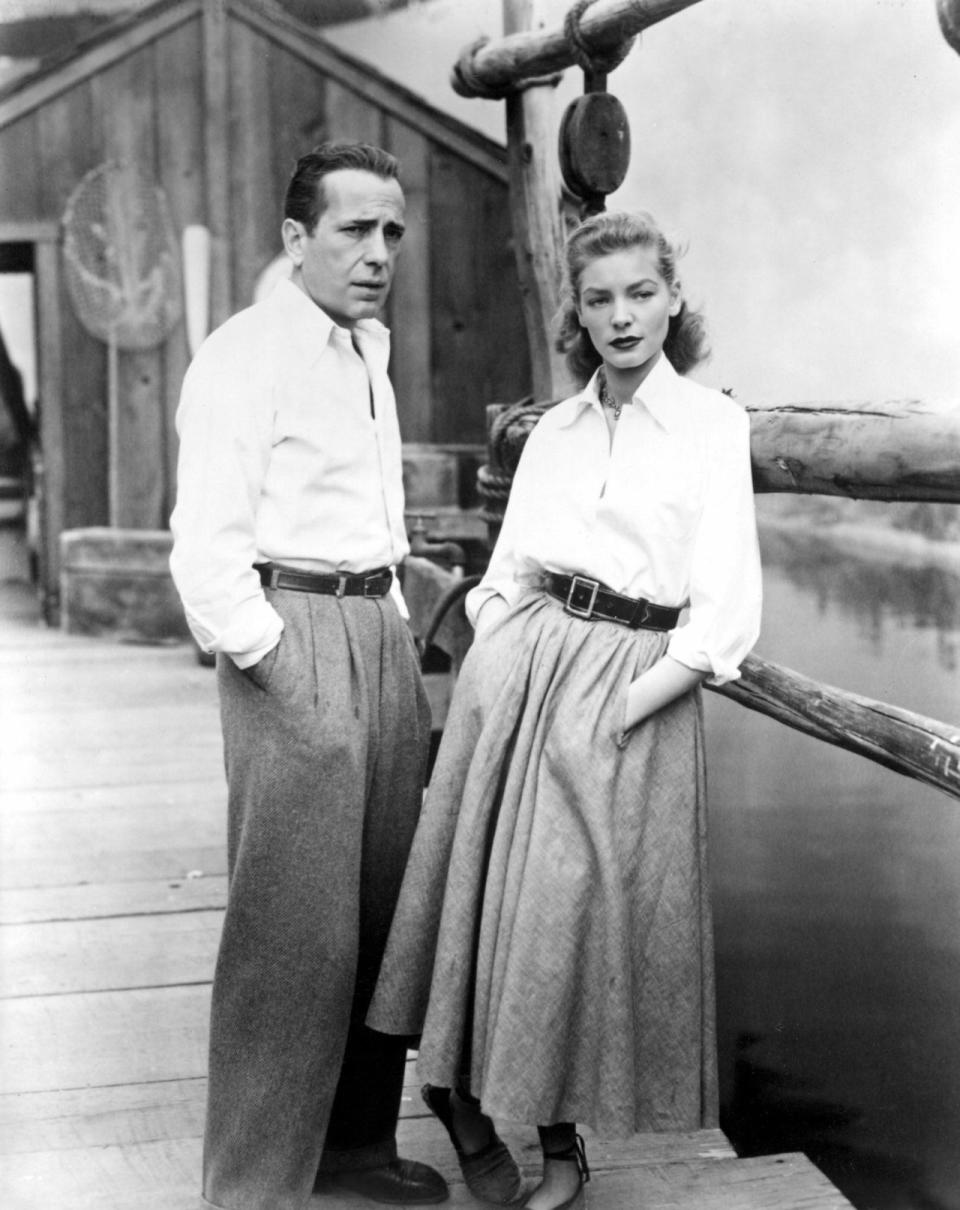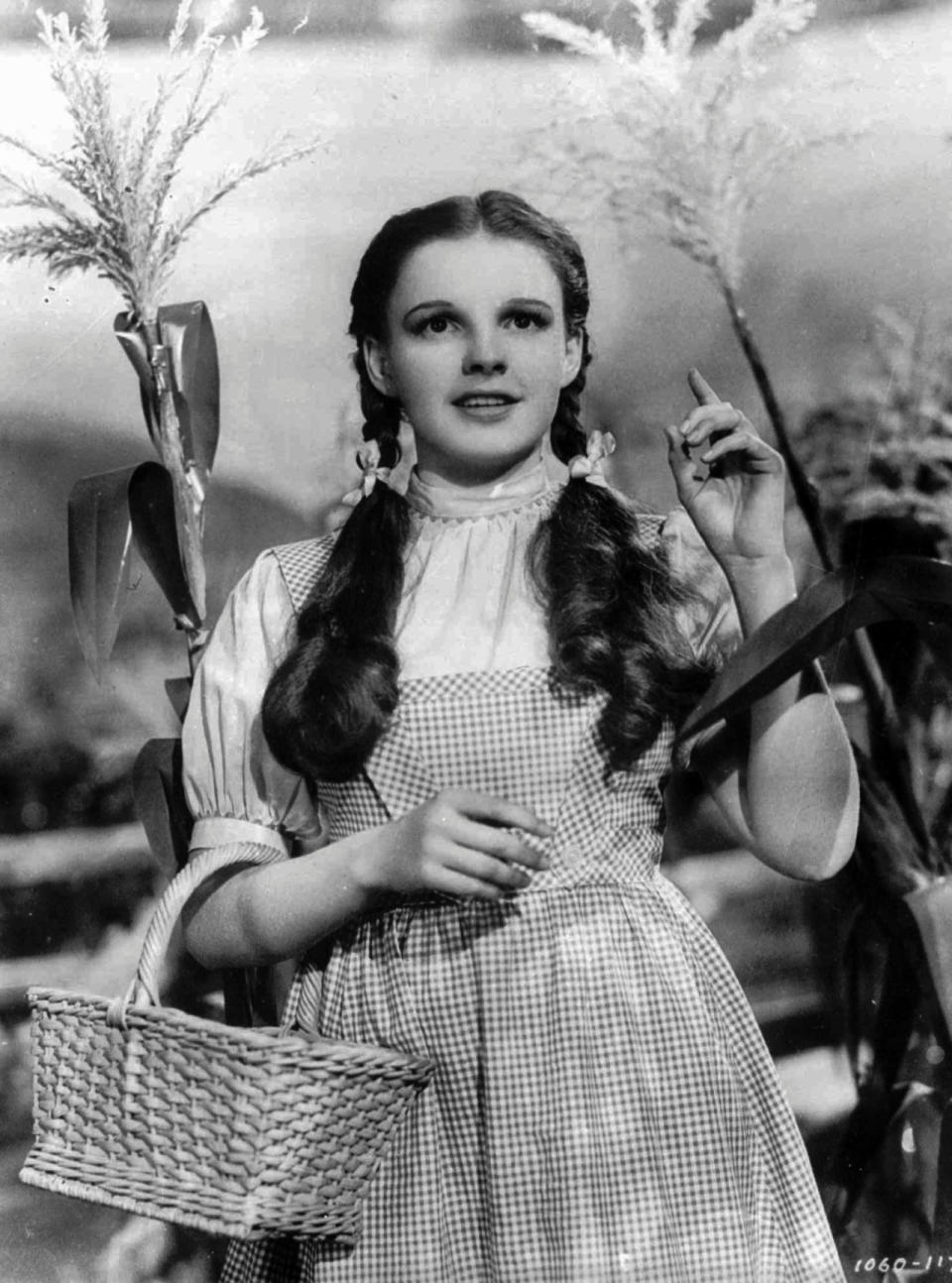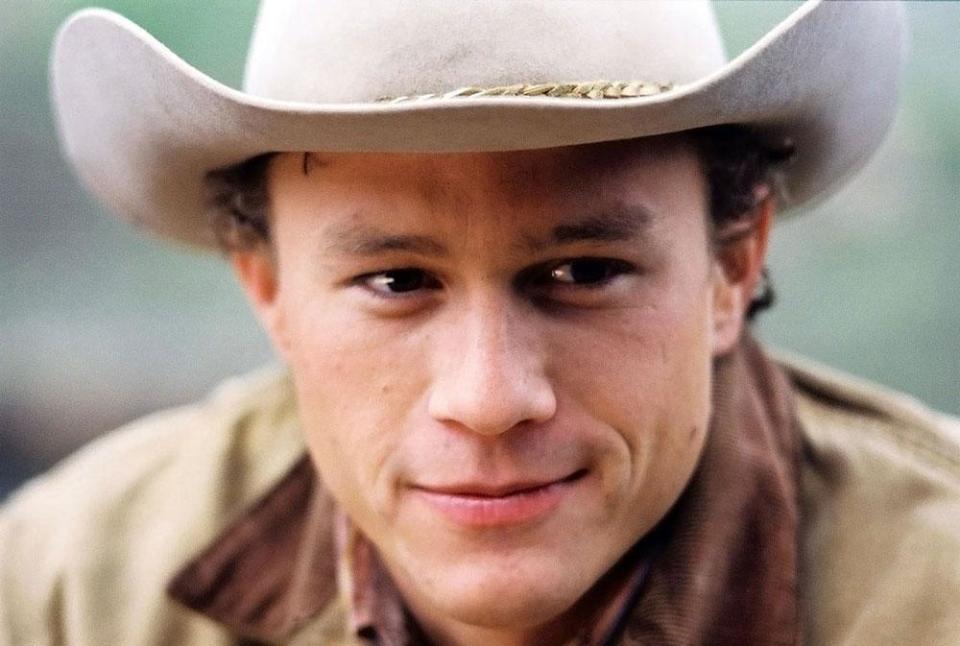The 'Scandals of Classic Hollywood' Author Talks Surprising Celebrity Scandals and the Truth Behind the Gossip

Even before movies could talk, people were talking about movie stars. Celebrity gossip is part of our culture’s DNA, as Anne Helen Petersen effectively argues in Scandals of Classic Hollywood: Sex, Deviance, and Drama from the Golden Age of Cinema, which goes on sale today. The compulsively readable book explores how Hollywood icons — including James Dean, Clara Bow, Clark Gable, and Judy Garland — were created and sometimes destroyed by the gossip that was generated about them. Petersen, who recently left the academic world to become a staff writer at Buzzfeed, sheds light on often-repeated myths (such as Fatty Arbuckle allegedly raping an actress to death, or Mae West single-handedly inspiring film censorship) with impeccable research and razor-sharp analysis. Yahoo Movies spoke with Petersen about the evolution of celebrity gossip, the most surprising scandals she uncovered, and why these stories are much more than a guilty pleasure.

Author Anne Helen Petersen
At the beginning of Scandals of Classic Hollywood, you make a case for celebrity gossip being historically important and useful, which is very much not how most people think it.
[Laughs] That’s basically the argument I’ve been trying to make all through my academic career: celebrity gossip is discourse about popular images. So the way that we talk about those popular images, it’s the same as, say, excavating art criticism, or the way we talk about novels, or even the way we talk about the actual movies. So it’s not that we’re just talking about stars; we’re talking about what they mean and how that meaning relates to our own lives.
You also write that these celerity legends were not always what you expected them to be: There’s the story as people see it now, and the story as people saw it then, and they’re often dramatically different. Can you give me an example of that?
Bogart and Bacall — the way that that story played out. I knew that she was [25 years] younger than him and I knew that they fell in love on set, but the whole courting was just so public and so crazy, with Bacall writing editorials for Look magazine like “Why I Hate Young Men.” [Laughs] The maneuvering that happened to effectively de-scandalize that relationship was really surprising to me. And then some of the stars’ legends haven’t loomed as large, so I didn’t know the intricacies of what happened — like, Jean Harlow’s story is crazy! There were the sham marriages, and her getting sick and bloated, and how everyone wanted to believe that she died from too much bleach in her hair.

Humphrey Bogart and Lauren Bacall attempted to de-scandalize their relationship
Some of the promotion for your book compares it to Hollywood Babylon, Kenneth Anger’s anthology of Hollywood gossip from 1965. Unlike Hollywood Babylon, your book didn’t make me feel like I needed a shower.
Oh, Hollywood Babylon is so dirty. I have so many stories about Kenneth Anger. The stuff he wrote about Gloria Swanson [implying that she’d slept her way to success]? Gloria Swanson sued him for libel, and he got so mad at her that he sent her all of this elaborate hate mail, like a coffin full of sugar and voodoo dolls of her and Valentino — all of this s—-! And it’s all in her archive, so I’ve seen all of it.
So why is Hollywood Babylon still our go-to reference for old Hollywood gossip?
Well, the book made such a huge impression because it was one of the first to say all of the filthy rumors that had been circulating on the down low for a long time. As I talk about in my work, writers have been insinuating that the stars are doing scandalous things since the 1920s. But no book had said, like, “Valentino had a glass dildo” — really just explicit stuff. And whether or not people believed all these things were true or not, it had an entertainment factor to it. But there are a lot of scandals in [Hollywood Babylon] that have been taken now as fact, especially the ones about Clara Bow and Fatty Arbuckle.… So I try to think of my book as a corrective to that.
I love Judy Garland, and I didn’t realize how much of her struggles were in the press at the time: how MGM forced her not to eat, how she had all these questionable affairs and nervous breakdowns. Why was so much of her dirty laundry made public?
You know, I think part of it was to de-scandalize her suicide attempts, trying to show, “Okay, why is this happening?” The other thing is that I think the gossip columnists, especially Hedda Hopper and Luella Parsons, really pitied her, and saw really clearly what was happening. Judy Garland’s real decline happens at the end of the ‘40s and beginning of the ‘50s, and that’s when the symbiosis between the gossip apparatus and the studios is starting to unravel. And so they had less compunction to tow the studio line. So they could speak out a little bit more freely.

Judy Garland’s personal troubles were well-publicized
I think your contrasting her with Dorothy Dandridge is an interesting idea. What made you think of those two as parallel stories?
The thing about my book is there’s not a lot of diversity, and that’s because there wasn’t a lot of diversity in Hollywood. But Dorothy Dandridge’s story has always resonated with me because it’s such an example of someone almost breaking through…. And I think that we see that actually a lot now with African-American actresses who win an Oscar and then there’s just no good roles after that. The specter of Dorothy Dandridge is always present. Both Judy Garland and Dorothy Dandridge were child stars, both were abused by the system and by their parents, and really, both of them were prodigies. But what happened to Dorothy Dandridge is even more tragic to me in some ways, because there was just no way for her to succeed. She tried so hard, and she just really wanted to take roles that weren’t disparaging. And that moment where she turns down that role in the King and I [because she didn’t want to play a slave] — that could have been a completely different career for her if she would have taken it.
Going further back in Hollywood history, you write about silent movies star Wallace Reid, and how his drug addiction and death have been used as the template for celebrity addiction stories ever since.
Wallace Reid didn’t die of an overdose, but of withdrawal, which is really interesting to me. But [his publicists] mobilized it into a story of explaining why he was addicted, so the story becomes less about pathologizing addiction, and much more about psychologizing it, for lack of a better word. When Heath Ledger died, you could see the parallels — like there was this Peter Biskind cover story in Vanity Fair about Heath Ledger, and the way that he talks about Ledger’s demons and how overworked he was and how he couldn’t deal with the pressure, it’s very, very similar recuperation of him and his narrative.

The narrative around Heath Ledger’s death followed a similar template to previous tragedies
Way earlier than I realized, movie studios were tinkering with stars’ private lives so that they’d align with their onscreen images. When did that start?
It happened in the teens, when movies first started getting longer than 10-20 minutes. Even then, they sometimes wouldn’t even have the name of the star. And so what happens gradually — and this really coincides with the spread of the fan magazines around 1912 to 1915 — is people started writing in and being like, “What is this person’s real name? Tell me about their life.”
I love the ways that the studios would sometimes use these “star at home” profiles to convince fans that the stars were totally different off screen.
[Laughs] Especially with the sexual ladies, how they’re trying so hard to be like, “All that Mae West does is go to church!”
So at what point do you think the readers of these magazines became more savvy about the degree to which images were being created for them?
One of the things that’s interesting is that a lot of the fan magazines, even in the twenties, were showing how stars were made. Joan Crawford and Clara Bow were the products of fan magazine contests, and then the fan magazines would show how they were transformed into stars. So people saw that mechanism. There was really a transparency in some ways, and oftentimes in an article they would say something like, “Joan Crawford, whose real name is Lucille LeSueur” — so it wasn’t that the history was necessarily always erased. It was visible. And so I think that people understood that, to some extent, these stars are products. I think it’s really important to understand that it’s not like, in the thirties, everyone was a dupe! It’s the same as today. There were skeptics and people who loved to try and read between the lines, and then there were people who were like, “If Photoplay says this is the case, it is the case.”
One thing we hear a lot is that this is a terrible time to be famous because of TMZ, citizen paparazzi, and so on. But at least celebs have some iota of control over their images now, as opposed to having the studio dictate everything for them. Do you think things are better or worse now?
We can say, “Oh, I can’t believe in the 1950s that Rock Hudson couldn’t come out!” But there are still other ways that we circumscribe what a person can be today, and I think fifty years from now, there are going to be things that we’re like, “I can’t believe that we were doing that!” I’m writing a new scandal article, actually, about Anna May Wong, who was Chinese American and an early movie star, and what to me is just crazy is that she couldn’t get good roles that weren’t exoticizing and fetishizing her during the twenties and thirties, and she couldn’t be a leading lady because there were rules against pairing her with a white man, and they wouldn’t pair her with an Asian man. She wanted the lead in The Good Earth in the 1930s and they wouldn’t give it to her; they cast a European and put her in yellow face! But today there are no good roles for Asian Americans either, so how little has changed? And I hope that people see with the book is not like, “Oh, things were so bad back then,” but rather see parallels to the continued way that we treat star images.
Photo credits: Plume, Courtesy of http://www.annehelenpetersen.com/, AP Photo/Warner Bros., Everett Collection, Focus Features

